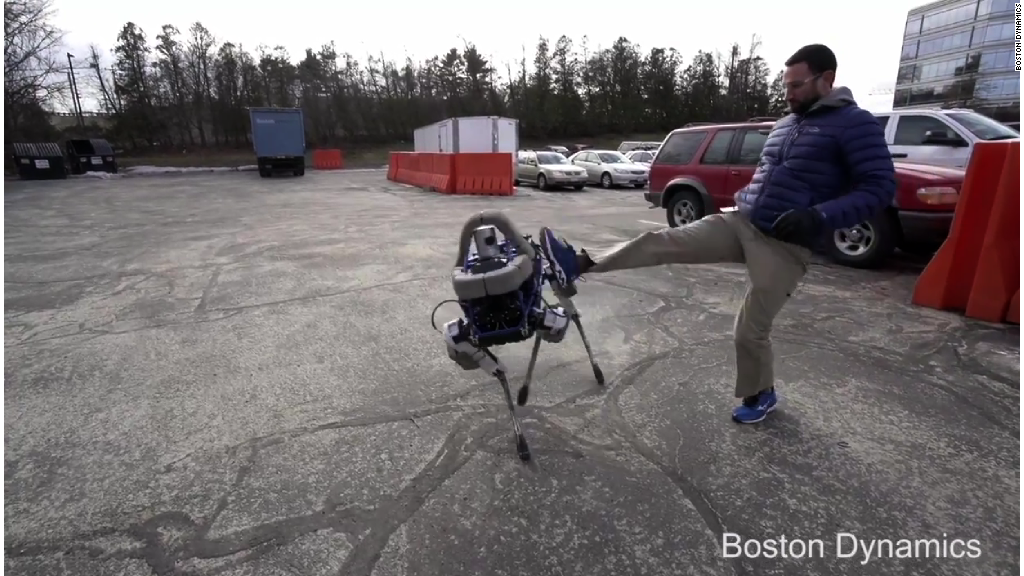
The U.S. Defense Department wants to send robots into disaster zones, and it's offering $2 million to whoever can do it best.
This weekend 24 teams from 13 countries will meet in Pomona, California to show off the state-of-the-art robots they've designed to perform search-and-rescue missions in the final round of a two-year competition.
DARPA -- the arm of the U.S. Defense Department that was responsible for developing the Internet and pioneering driverless car technology -- started the Robotics Challenge back in 2013. The aim was to stir up excitement about robotics and showcase just how much they can do.
"Once you see what's possible, it has a tremendous affect on whether [people] invest in the development of the technology," said Gill Pratt, the challenge's manager and a DARPA robotics specialist.
During the two-day competition, the 24 finalists will compete for a $2 million grand prize, $1 million second-place prize, and $500,000 for third place. (There were originally 25 finalists, but Team Intelligent Pioneer from China dropped out this week).
And who foots the bill to build these bots? Ten teams that competed in earlier rounds of the competition earned money from DARPA -- as much as $4.5 million -- to put toward supplies and labor. The remaining teams are self-funded, and almost all of the teams had corporate sponsorships.
These robots are not the Terminator/iRobot machines of the movies -- they move slower and need a human operator. But the top performers this weekend will be able to open doorknobs, move around rocky terrain and cut through walls.
Here's a look at five of competition's more unique entrants:
1. RoboSimian
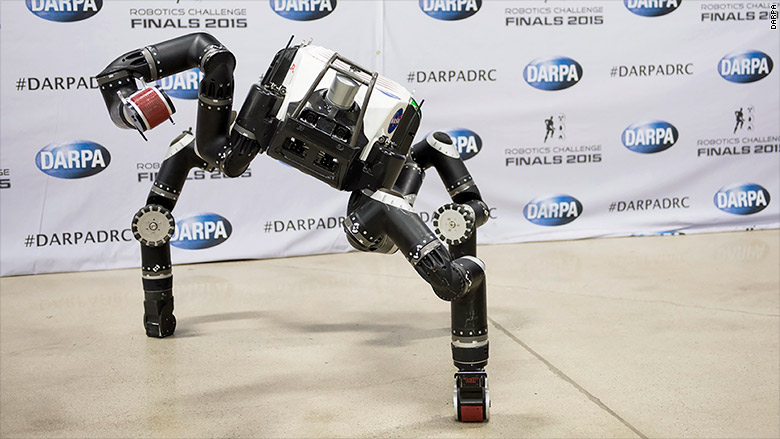
The Team: Jet Propulsion Labs - Pasadena, California
The Bot: This 275-pound creature can fold up and roll around or walk on all fours. A company called Motiz has already bought the rights to make a commercial version of the robot, according to team leader Brett Kennedy. The team behind RoboSimian, JPL, is a branch of NASA and includes winners from past DARPA challenges.
2. CHIMP

The Team: Tartan Rescue of Carnegie Mellon University's National Robotics Engineering Center - Pittsburgh, Pennsylvania
The Bot: This rolling robot has a swiveling camera for a head, which the team calls its "360-degree sensor suite," that feeds CHIMP a 3-D model of its environment. CHIMP placed 3rd in a preliminary challenge back in 2013.
Related: Military competition shows off the latest robots
3. Florian
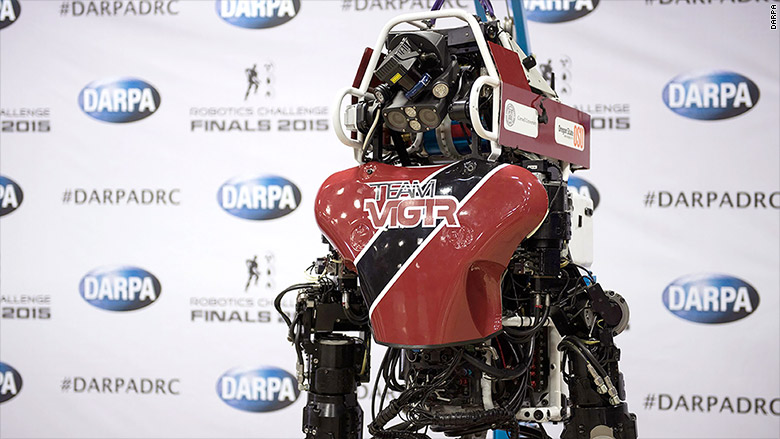
The Team: ViGIR (Virginia-Germany Interdisciplinary Robotics)
The Bot: Florian is a tweaked version of Atlas -- a robot developed by Boston Dynamics, a company acquired by Google after Atlas made an impressive debut in the first round of competition. Atlas also provided the foundation for five other robots in this weekend's competition. Named after the patron saint of firefighters, Florian has unique software developed by ViGIR that allows the human operator to give the robot more or less decision-making abilities.
4. Cog-Burn
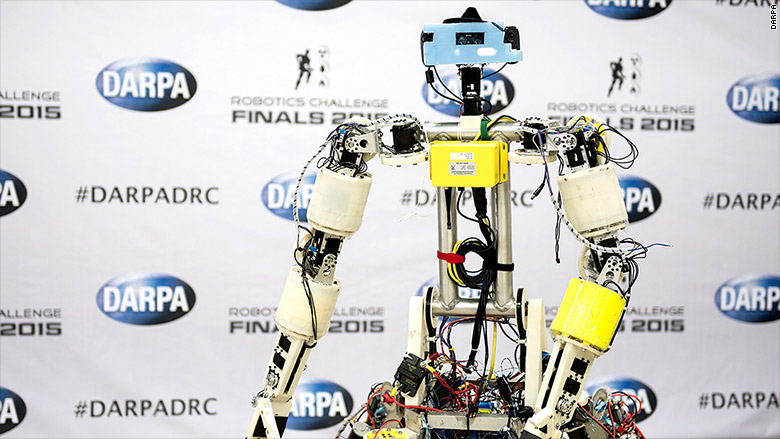
The Team: Grit Robotics - Grand Junction, Colorado, Morton, Illinois, and Moscow, Idaho
The Bot: At four feet tall and only 60 pounds, this wiry quadruped was developed by a team of students and professors that were semifinalists in DARPA's 2007 driverless car competition. In a last-minute switch, the team decided to outfit Cog-Burn with wheels. "We needed them to get from place to place faster," the team wrote on its Facebook page.
5. THOR-RD
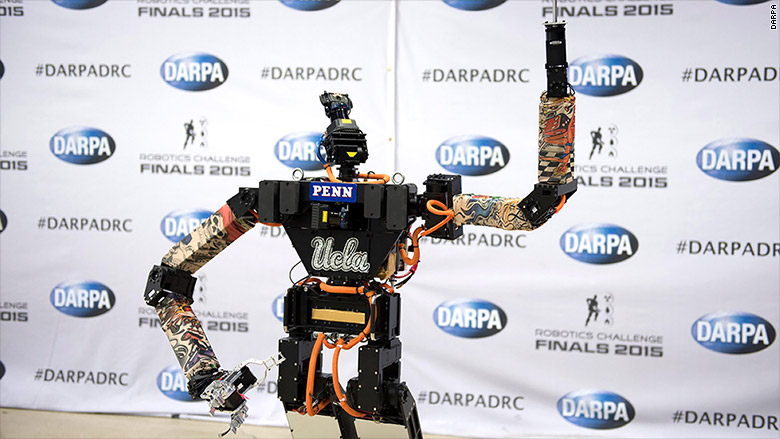
The Team: Robotics departments at UCLA and UPenn, Los Angeles and Philadelphia
The Bot: The "RD" stands for rapid deployment, and this robot boasts advanced software and sensors that allow it to create a virtual environment and calculate its path. The team from UPenn landed first place in the RoboCup Soccer Humanoid League last year with another version of THOR. RoboCup is an annual competition that attracted more than 350 teams in 2014.

